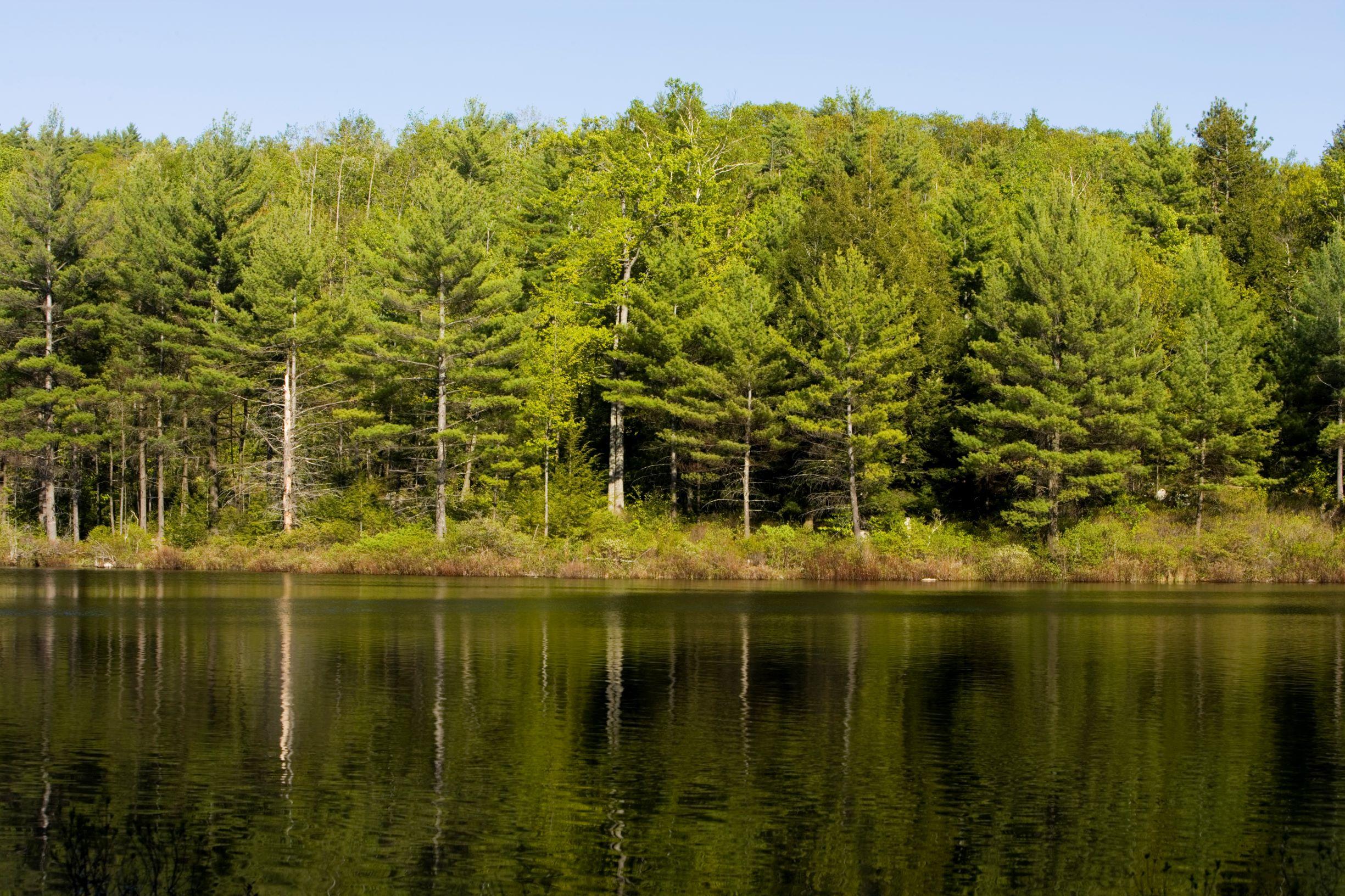- Tags:
- Advocacy

The Forest Society's Moose Mountains Reservation in Middleton and Brookfield. (Photo: Jerry Monkman)
The Coastal and Estuarine Land Conservation Program (CELCP) was a key tool in the protection of coastal ecosystems, wetlands, corals, and natural shorelines. Established in 2002 through the bipartisan efforts of then New Hampshire Senator Judd Gregg and Senate Fritz Hollings of South Carolina, CELCP was modeled on the conservation investments that had occurred around Great Bay.
In New Hampshire, the program provided crucial support to conservation work around Great Bay, with the help of Great Bay Resource Protection Partnership (GBRPP), the Forest Society’s Moose Mountains Reservation and several other projects in the Seacoast region.
However, the legislative authorization lapsed in 2013 thereby ending the program’s ability to support the mission of the GBRPP and the on-going collaborative work to protect the unique ecosystems in New Hampshire’s coastal region.
Fortunately, as a result of Senator Shaheen’s leadership, the U.S. Senate-passed infrastructure bill includes funding for CELCP. Specifically, the Infrastructure Investment and Jobs Act makes CELCP an eligible use for funding under two provisions of the bill, the Coastal Zone Management Act, funded at $207 million spread over five years, and the National Estuarine Research Reserve System (NERRS), funded at $77 million over five years.
- We would encourage readers to thank Senator Shaheen for her work on this issue. Read the New Hampshire land trust community’s letter to Senator Shaheen in support of CELCP.
